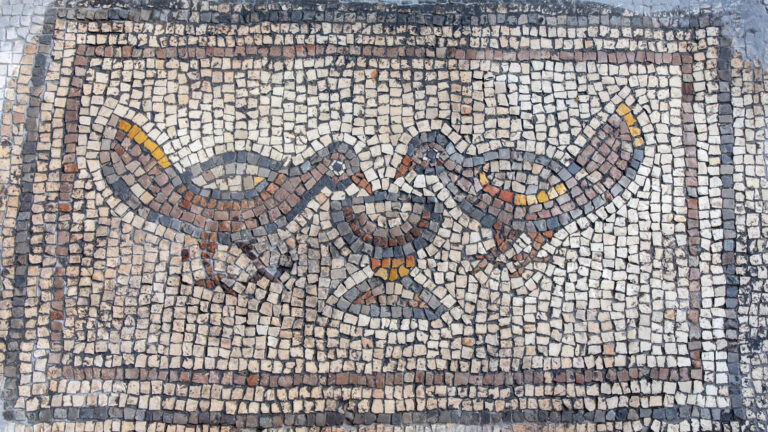The pro-death attitude of the world--especially that of the post-Christian and anti-Christian West--continues apace, as reported by Nick Squires of the London Daily Telegraph, September 26, 2019:
Euthanasia is justified in cases where a person is suffering from an irreversible condition and “intolerable” pain, Italy’s constitutional court has ruled in a landmark decision.
The court said that, in certain circumstances, anyone who "facilitates the suicidal intention... of a patient kept alive by life-support treatments and suffering from an irreversible pathology" should not be punished.
The ruling was strongly criticised by the Catholic Church but applauded by right-to-die activists and some politicians.
In its judgment, the court said that assisted dying should be allowed if a patient had an irreversible condition which caused him or her severe physical and psychological suffering.
The court made the decision after considering the case of Marco Cappato, a right-to-die activist who was accused of assisting the suicide of a 40-year-old DJ who was left a tetraplegic after a horrific car accident in 2014.
Fabiano Antoniani, better known as DJ Fabo, took his own life at a Swiss euthanasia clinic in 2017.
He had been left profoundly disabled by the crash, as well as blind and in need of assistance to eat and breath.
Mr Cappato welcomed the ruling, saying that “as of today, all of us in Italy are freer.”
In a trial in Milan, he was facing up to 12 years in jail for "instigating or assisting suicide" but is now likely to be acquitted.
The DJ’s former girlfriend also hailed the court’s judgment, saying that it meant his suffering had not been for nothing.
"Fabo's body had become a cage and he lived in that prison for two years and nine months. If a person in these conditions dreams of dying at home, I find it profoundly unfair that someone else should say no,” said Valeria Imbrogno.
But the Italian Bishops’ Conference called the judgment a “grave decision” which violated the sanctity of life.
“I don’t understand how you can talk of freedom. This is creating the preconditions for a culture of death,” said Monsignor Stefano Russo, the secretary general of the Catholic body.
The court’s decision divided politics. It was supported by members of the centre-Left Democratic Party, who together with the populist Five Star Movement formed a new coalition last month.
Andrea Marcucci, a Democrat senator, said the “ping pong” debate that had gone on for years between society and the Catholic Church should now be laid to rest, and called on parliament to pass a new law.
But Matteo Salvini, the leader of the hard-Right League who was interior minister and deputy prime minister until his coalition with Five Star imploded last month, said he would never agree to "suicide by law".
Simone Pillon, a senator from the League, was highly critical of the judgment, saying that patients should be given all possible palliative care but should not be allowed to end their own lives. “Human life is sacred and inviolable,” he said. The decision of the court’s judges would “weigh on their consciences for life,” he said.
An association of Catholic doctors said they would not abide by the court’s decision and would fight "a slide towards euthanasia and a violation of our professional code".









































